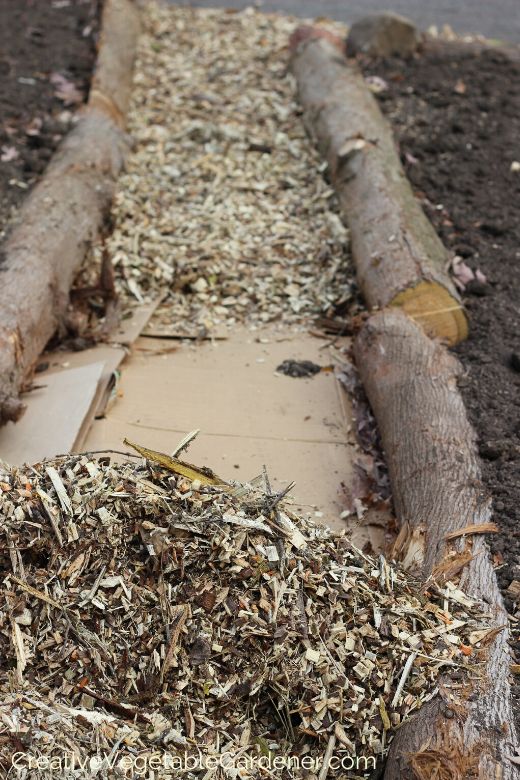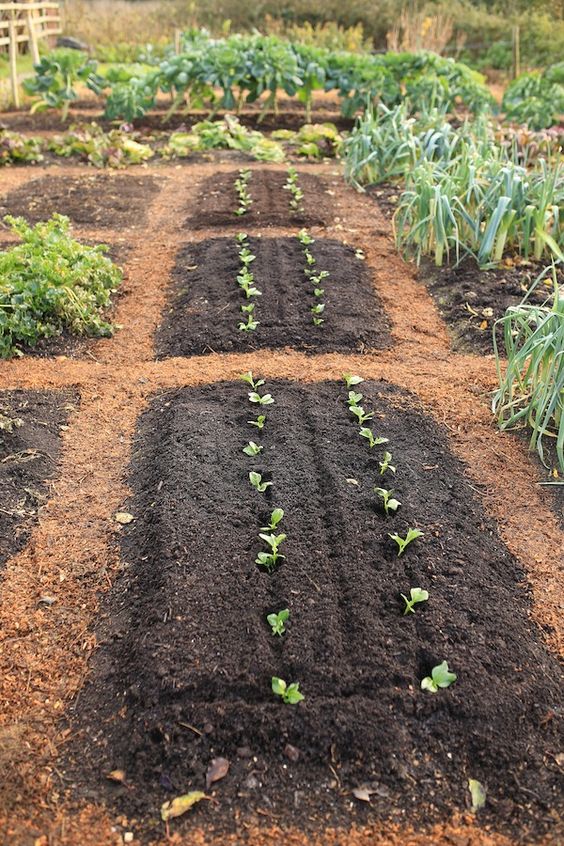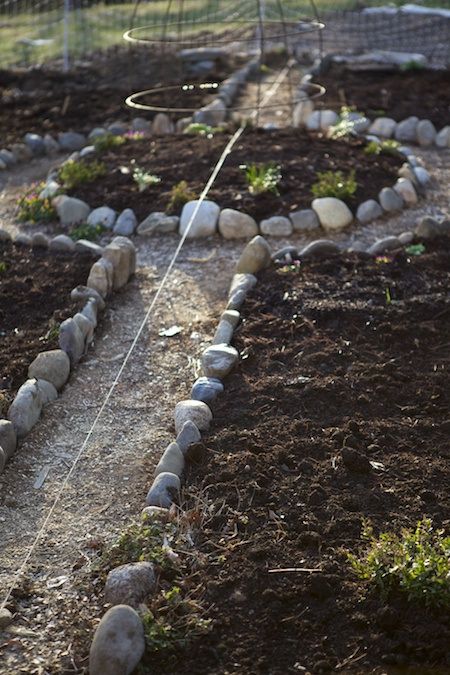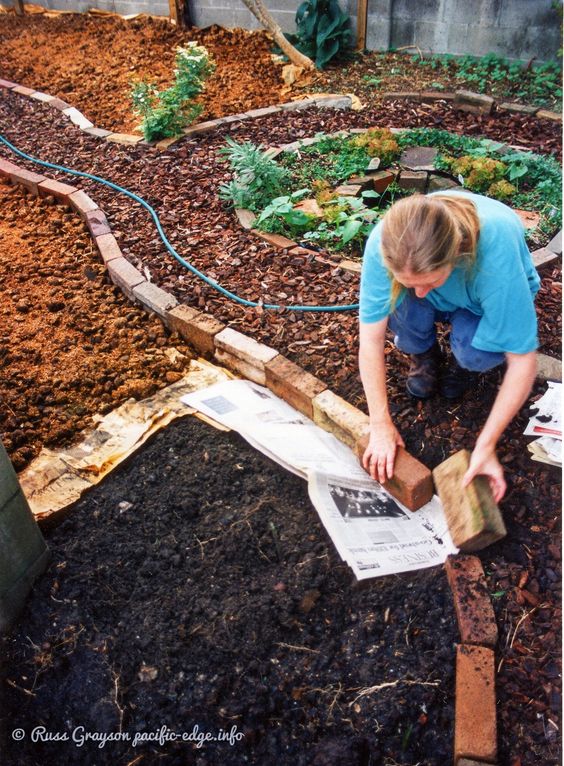No-dig gardening, also known as “no-till” or “lasagna gardening,” is an innovative approach to cultivating plants without disturbing the soil through traditional digging or tilling methods. This method has gained popularity for its eco-friendliness and ability to yield productive, low-maintenance gardens. Let’s explore the pros and cons of no-dig gardening and how to create one.
Credit: https://www.charlesdowding.co.uk/
Credit: https://www.creativevegetablegardener.com/
Pros of No-Dig Gardening:
-
Soil Health: No-dig gardening preserves the soil’s structure and minimizes compaction, promoting a thriving ecosystem of beneficial microorganisms.
-
Weed Control: The layering of organic materials suppresses weeds naturally, reducing the need for labor-intensive weeding.
-
Water Conservation: The mulching layers in no-dig gardens help retain moisture, reducing the need for frequent watering.
-
Improved Drainage: No-dig beds often have better drainage, preventing waterlogged soil and root rot.
-
Nutrient Retention: Organic matter decomposes over time, enriching the soil with nutrients and reducing the need for chemical fertilizers.
Cons of No-Dig Gardening:
-
Initial Effort: Building the initial layers of organic material can be labor-intensive and time-consuming.
-
Space Requirements: No-dig beds tend to be raised, which might not suit all garden layouts.
-
Slower Results: It may take some time for the layers to break down and create nutrient-rich soil.
How to Create a No-Dig Garden:
-
Choose Your Location: Pick a sunny or partially shaded spot for your no-dig garden.
-
Prepare the Area: Remove weeds and grass from the chosen location.
-
Layering: Start with a layer of cardboard or newspaper to smother weeds. Then, add alternating layers of organic materials like compost, straw, leaves, and grass clippings.
-
Top It Off: Finish with a layer of topsoil or compost, followed by mulch like straw or wood chips.
-
Planting: Make planting holes through the mulch and topsoil layer, and insert your seeds or seedlings. Water thoroughly.
-
Maintenance: Keep adding organic materials as needed to maintain the layers. Mulch annually to retain moisture and suppress weeds.
-
Harvest and Enjoy: Watch your garden thrive without the need for digging or tilling, and harvest your bountiful, no-dig produce.
Credit: https://chiotsrun.com/
Credit: https://medium.com/
In conclusion, no-dig gardening is a sustainable and efficient way to grow healthy plants while preserving soil health and minimizing maintenance. While it may require initial effort and space considerations, the long-term benefits make it a compelling choice for eco-conscious gardeners looking to create a thriving, low-maintenance garden sanctuary.



